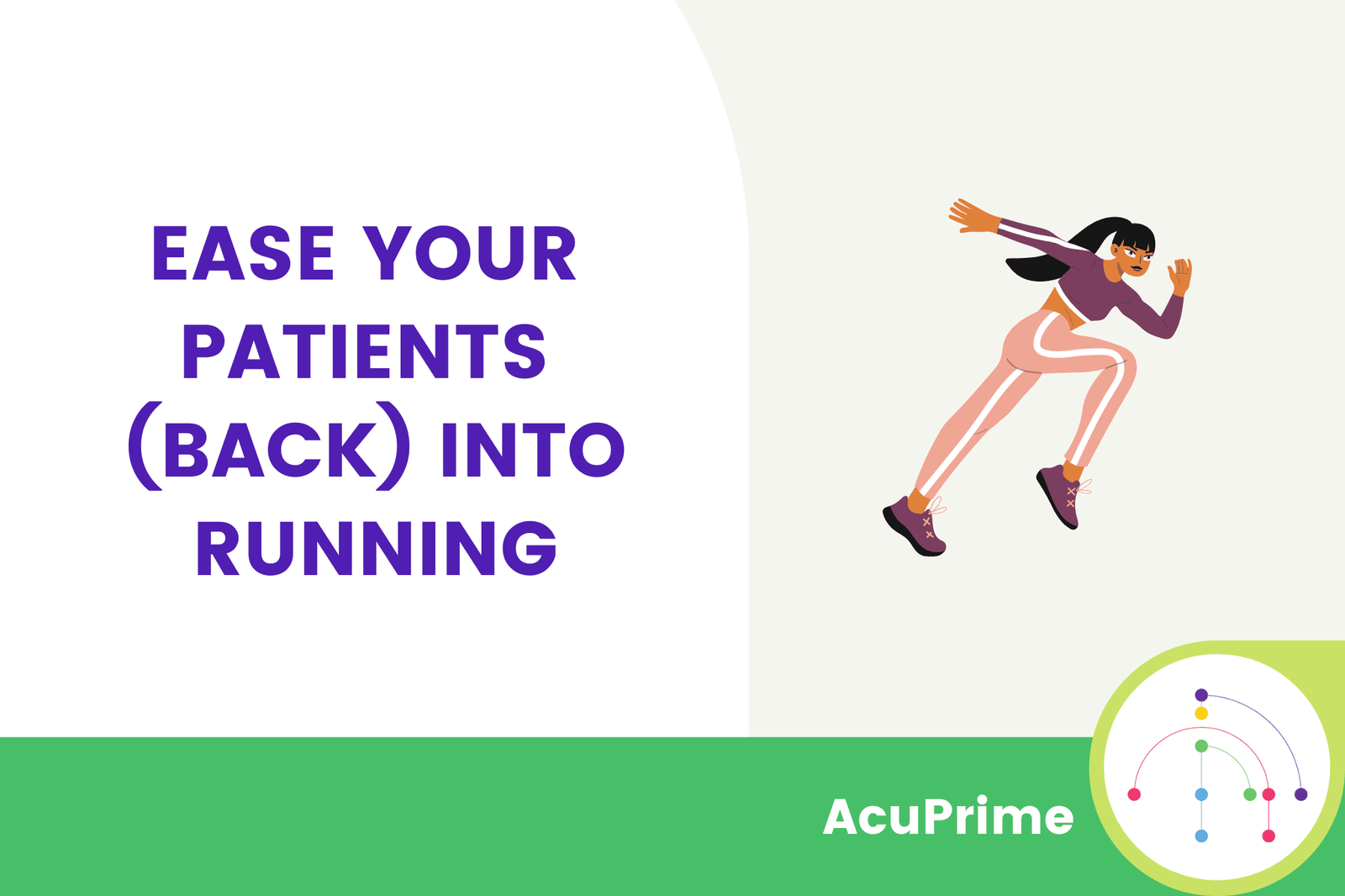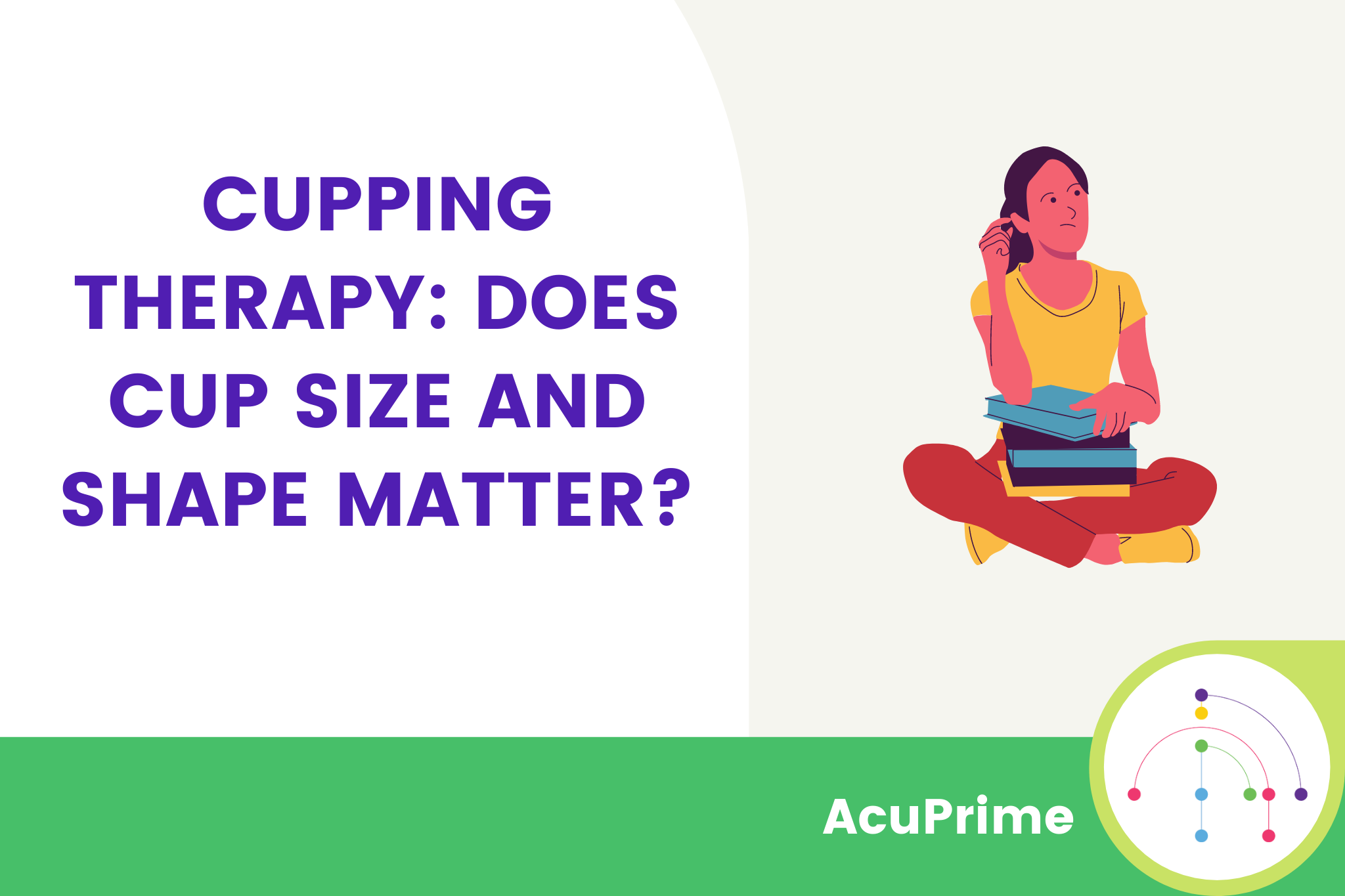Now that the country is opening up again and organised sporting events are beginning to happen, many people are lacing up their trainers for the first time in months, perhaps even the first time at all.
Beginning to run can come with its fair share of injuries and disappointments, particularly if it’s not done in a gentle manner. In this article, we’ll be looking at easy ways to encourage your patients to enjoy running while reducing the chances of injury.
Easing into running
It’s vital to ease back into any sport regardless of fitness level or experience. Someone who cycles every day can still get injured if they begin swimming intensively after not having entered the pool for a year.
Managing expectations
The first step for guiding your patients into running is therefore managing their expectations and ensuring their enthusiasm (or pride) doesn’t cause them to leap into the sport too quickly. A great way to do this sensitively is to explain that muscle growth actually happens on the rest days, not during the exercise itself. This could be a better way of encouraging your patients to start slowly than pointing out the risk of injury. As strange as this sounds, few people believe they’ll get injured until it happens!
Suitable training plans
The Couch to 5K programme run by NHS Choices has been download over a million times and has been enormously successful since it was created in 2010. Based on a run/walk schedule three times a week, this programme is specifically designed for those new to running or who haven’t run in a long time.
Free to use, the Couch to 5K programme is easy to access and encourages people to ease into running by creating a steady, regular practice.
For patients with more nuanced needs, training plans are still beneficial but you may need to create them yourself. As running injuries tend to occur when speed and/or distance are increased too quickly, the main point of a training plan is to incrementally increase these.
Runner’s World also has some great beginner and easing back into running training plans that you can share with your patients or adapt to suit them:
A four-week training plan for new runners
For patients who are getting back into running after injury or general time out, easing back in can be even more important. These runners know how far and fast they could run and are more likely to be tempted to judge their current progress by old achievements. Developing a plan with them that includes a slow build-up and plenty of rest and cross-training will help them stay on an injury-free track.
Post-run guidance
What your patients do, or don’t do, after a run can be just as important as the run itself. Developing a post-run cool down and recovery schedule could have positive ramifications for their training and fitness. Many runners are tempted to jump in the shower or just collapse on the sofa after a run, but a little cool down might help.
While studies are conflicted on whether active cool-down has many effects on performance, doing a little post-run stretching or yoga is a great excuse to get a little bit more flexibility training into the schedule. It could also help bring about a greater sense of wellbeing as it brings the runner back into the present moment and listening to their bodies.
Here are some handy links to post-run information and sessions:
How to stretch after a run (NHS)
7-minute post-run yoga (Yoga with Adriene)
Warm-up and cool-down (Runners World)
Gait analysis
New runners (and even experienced runners) can often benefit from gait analysis to correct their running posture and style. This is also an important consideration for physiotherapists and other physical therapists as many people discover postural and muscular problems when they begin running.
Weak glutes, pelvic tilt and tight hip flexors are all common problems for desk workers who begin running.
Ease your patients into running
Running is a fantastic exercise with little financial outlay and can be endlessly adjusted to the needs of the individual. It’s also becoming more and more popular in the UK and around the world, particularly with 5k to marathon events popping up all over the place. By working with your patients to help them ease into the sport gently, you can play a vital role in reducing the risk of injury and supporting them in becoming fitter and stronger.
Powered byWP Contact








